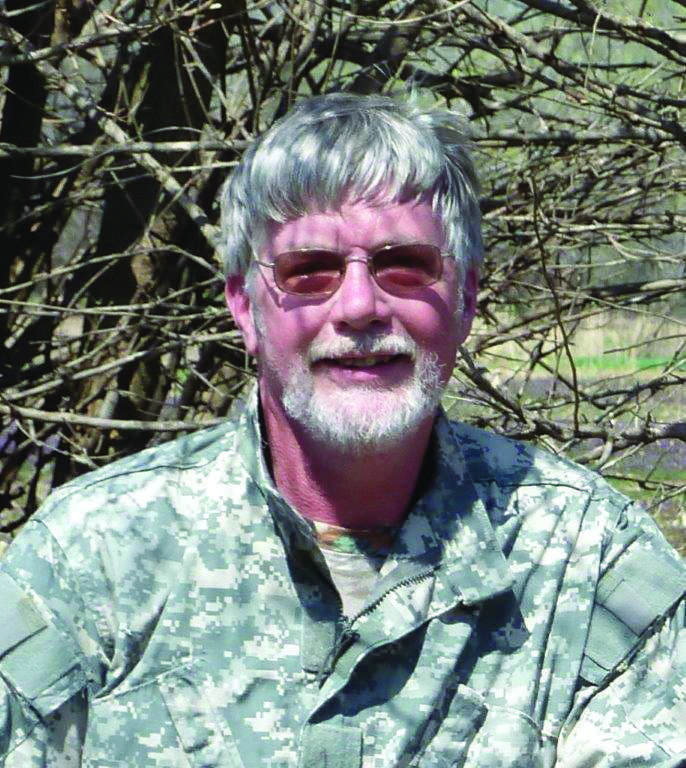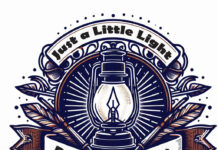When the echoes faded and the dust had settled in Philadelphia in 1787, the United States had a Constitution. From May into mid-September that year, the founders debated the afflictions of a weak central government under its Articles of Confederation. They agreed to a new document, a Constitution which set out how America would be governed.
The people would rule. Not the Army or the police, the Speaker of the House or even the president. The people would govern by way of their elected legislators and appointed services. That was the order then and the way it is supposed to work now.
Critical to our Constitution are the initial ten amendments, a bill of rights. The First Amendment is generally the most publicized and often the most misunderstood.
For example, in September 1987, a special “Congress” was organized in Philadelphia to observe the Constitution’s 200th birthday and to celebrate the First Amendment. At the same time, a poll from George Gallup found that most Americans didn’t know what the First Amendment was.
Decades later, a lot of us still don’t.
A Kansas judge recently sanctioned a police-state raid in Marion to search the local newspaper office and the homes of its editor and a local councilwoman. The affidavit for the raid’s “search warrant” was a mash of rumor, intimation and vengeful innuendo, a script reminiscent of a Gestapo playbook.
*
The First Amendment is the one that guarantees us the right to speak our piece, to print what we like, to have meetings, to believe as we choose. All of those good things are supposed to be done without any interference, government or otherwise.
It’s a pity that the majority of Americans had never heard of such a basic law. Perhaps Gallup hadn’t asked the question the right way. Nonetheless, not much has changed in 37 years or 237 years. Too many Americans still misunderstand this law or remain unaware of it.
The best thing to come out of the Philadelphia Congresses – the first one, and the one 200 years later – was the effort to get everyone involved. Some people who do know about the First Amendment think it was put there on behalf of people who own newspapers or radio and television stations and that’s all. It was put there for all of us, and when it gets dented, we all get hurt.
It may tick off editors when one of their reporters gets kicked out of a school board meeting so members can talk in secret, but the real losers are the people who pay for their schools and send children there.
The First Amendment is a People Amendment, not a Free Press Amendment. Not altogether.
We’ve learned a lot about the Constitution, the Bill of Rights and the First Amendment over the past two centuries and more. Our continuing education has at times come the rough way – in bloody protests, vicious rebukes – or the litigious way, in court.
*
The First Amendment may acquire new angles and take on new technologies but its guarantee – freedom to speak, to think, to meet – must remain timeless. It must remain a force.
It must resist the fakery of firebrands who bleat “fake news” at the drop of a fact, just as it persevered in the face of goons who sought to incinerate newspaper offices for daring to publish the truth.
With today’s digital deluge, anything – anything at all – can be published in an instant and palmed off as valid. The Amendment allows us the privilege to sit back and say: How nice, is it true?
This is how our society is to be free indeed, and not managed. We must continue to guard against efforts to distort the First Amendment or pervert its purpose, for the obvious reason that the next step is enslavement of the people.





